Year End Benchmarking
Over the course of 2020 we’ll look at specific areas common to every apparatus repair business and make recommendations to increase efficiency and productivity. At the end of that period we’ll make a comparison to see the difference the changes you implemented over the course of the year made to your bottom line.
To do that, we need to document a few key areas that will provide that insight. For the best assessment, you’ll want to gather this data as soon as possible and before instituting any changes.
Additionally, it’s a good practice to keep a journal of all the changes and adjustments you make over the course of the year to help you better understand the effect of those changes.
Improving your business starts with understanding it:
- What are your strengths (highly profitable areas)?
- What are your weaknesses (not so profitable areas)?
Once you identify these:
- Dig into the weaknesses – why do they exist?
- Strengths – focus on doing more of the same.

Sounds pretty simple, right? We’ll unpack this more over the next 12 months.
To get started let’s focus on some high-level metrics to help you better understand your business.
Let’s Start with the Basics: Where Are You?
1. What is your EBITDA?
2. What is your Overall Profit (Gross Profit or GP)?
3. What is included in your Labor Burden?
Common items include: Employee Benefits, Workers Comp, Cell Phones, Uniforms, Direct Employee Costs
4. What is your Profit-GP / Customer?
Here’s where we start to get a bit more detailed. You may want to run this report or start a spreadsheet with the information. Most shops generate revenue through sales and repairs, so break this out accordingly, but you should have a gross profit number for each of your customers, even a “cash customer”.
5. What is your Profit-GP / Department (aka, Profit Centers)?
Whether or not you use the term, even the smallest of shops have functional departments. At a minimum, the most foundational would be Sales, Repairs, and Field Service. Larger shops break these into many more and could include things like Generators, Small Motor & Large Motor, Storage, etc. Do you operate more than one location? Run a report or create a spreadsheet for each location.
6. What is your Profit-GP / Job Type?
The are the types of work you do, for example: 3Ph Recondition, 3Ph Rewind, Balance Only, DC Recondition, Installation & Startup, etc., just to name a few.
7. What is your Profit-GP / Product Type?
The products you sell are likely categorized. What are those categories? Examples include: Motors, Pumps, Drives, Bearings, Electrical Materials, Winding Materials, Repair Materials, etc. Run a report or create a spreadsheet for the gross sales profit for each of these categories.
How long did it take you to gather this information? If you’ve not done it before it may have taken a while. That’s OK. Just knowing what you’re planning to measure will make it easier next time.
Now brainstorm a bit, alone or with some key staff members. What are your weaknesses? Don’t spend too much time analyzing this now, just write down everything that comes to mind – everything. If you’re working with a group and someone offers an opinion – don’t debate it now. This is crucial. Write it down and move on. Keep a running list and add to it if you happen to think of more. In the coming months, we’ll likely address many of the items on your list. Feel free to send us your list of to leave comments below. We love to hear from you.

